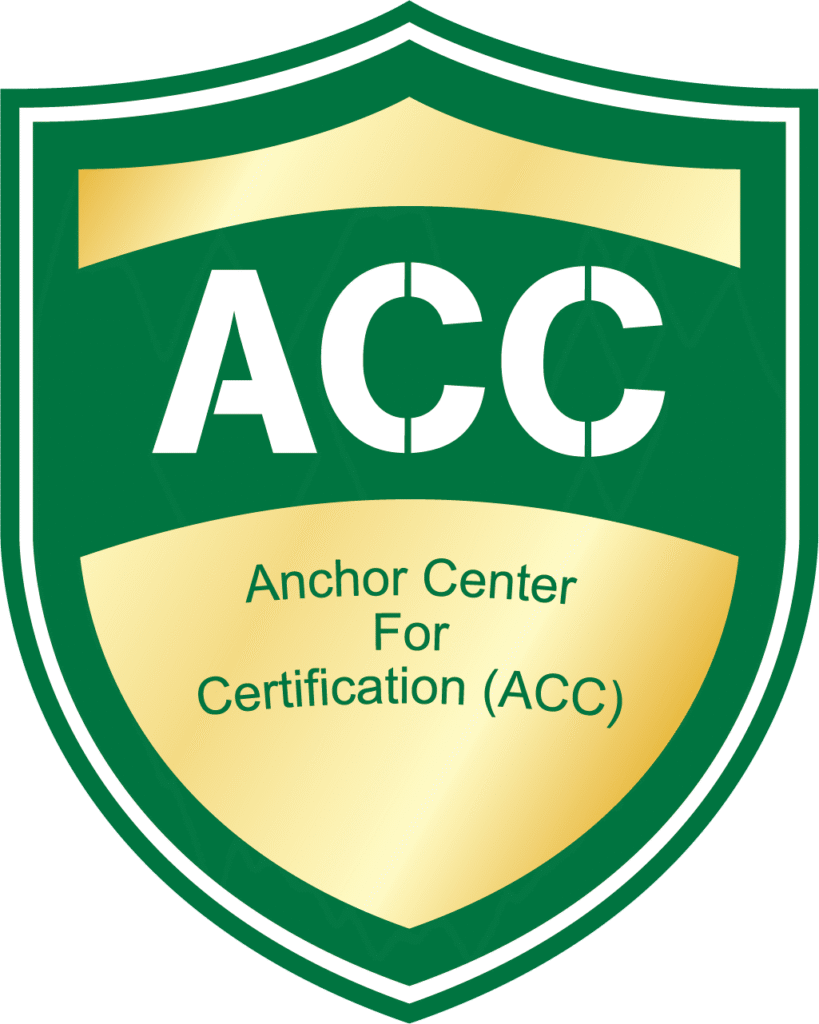
1. What does GRAS mean?
GRAS is an acronym for “Generally Recognized As Safe.” This is a legal concept meaning that a food ingredient is broadly recognized, among qualified experts, to be safe under the conditions of its intended use. Consequently, it is exempt from the FDA’s premarket approval process.
2. What are the criteria for obtaining GRAS status?
There are two primary pathways: First, establishing safety through scientific procedures (e.g., published studies), with an evidence standard equivalent to that for food additives. Second, for substances used in food before 1958, demonstrating a history of safe use based on common experience.
3. How are the criteria for GRAS and food additives similar?
The core similarity is that both must ultimately prove the substance is safe under its “intended conditions of use.” The safety standard is unified: “a reasonable certainty in the minds of competent scientists that the substance is not harmful under the intended conditions of use.”
4. How are the criteria for GRAS and food additives different?
The most critical difference lies in “general recognition” and the approval process. Safety data and approval for food additives are submitted privately to the FDA for evaluation. In contrast, GRAS recognition relies on publicly available data and information open to scientific scrutiny and requires demonstrating a broad consensus on safety among qualified experts.
5. Is an ingredient GRAS for all uses?
No. GRAS status is specific to the “intended use.” Safety assessment must consider the specific usage level, the types of food it will be used in, and the target consumer population. An ingredient might be safe (GRAS) at low levels but require re-evaluation at high doses or for use in specific foods like infant formula.
6. Can a color additive be GRAS?
No. The law provides a separate and exclusive definition for “color additives,” which must undergo FDA premarket approval. There is no GRAS exemption pathway for uses that impart color. However, if a substance’s primary function is not coloring and its color contribution is insignificant, it might be used as a food additive or GRAS substance.
7. Can a dietary supplement ingredient be GRAS?
“GRAS” is an exemption concept related to the food additive definition. Dietary supplement ingredients are already excluded from the legal definition of a food additive, so applying for a “GRAS exemption” is redundant. However, many ingredients (e.g., Vitamin C) can be both dietary supplement ingredients and GRAS substances for use in conventional foods.
8. Does the FDA approve GRAS substances?
No. Legally, GRAS is a “self-determination” process by the company; it does not require prior FDA approval. However, a company can voluntarily submit its conclusion to the FDA via a notification procedure. The FDA will review it and issue a response, such as a “no questions” letter or a letter identifying issues, but this is not an “approval.”
